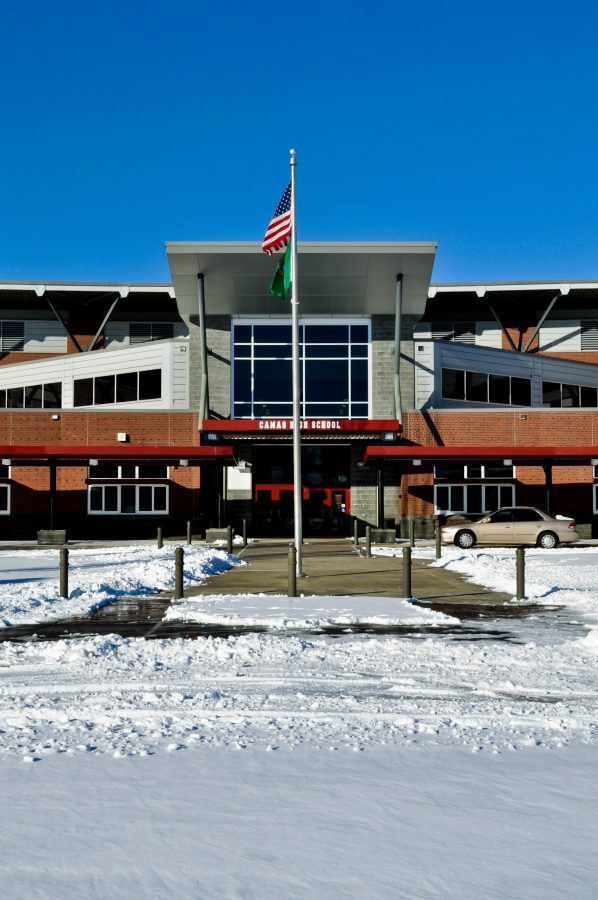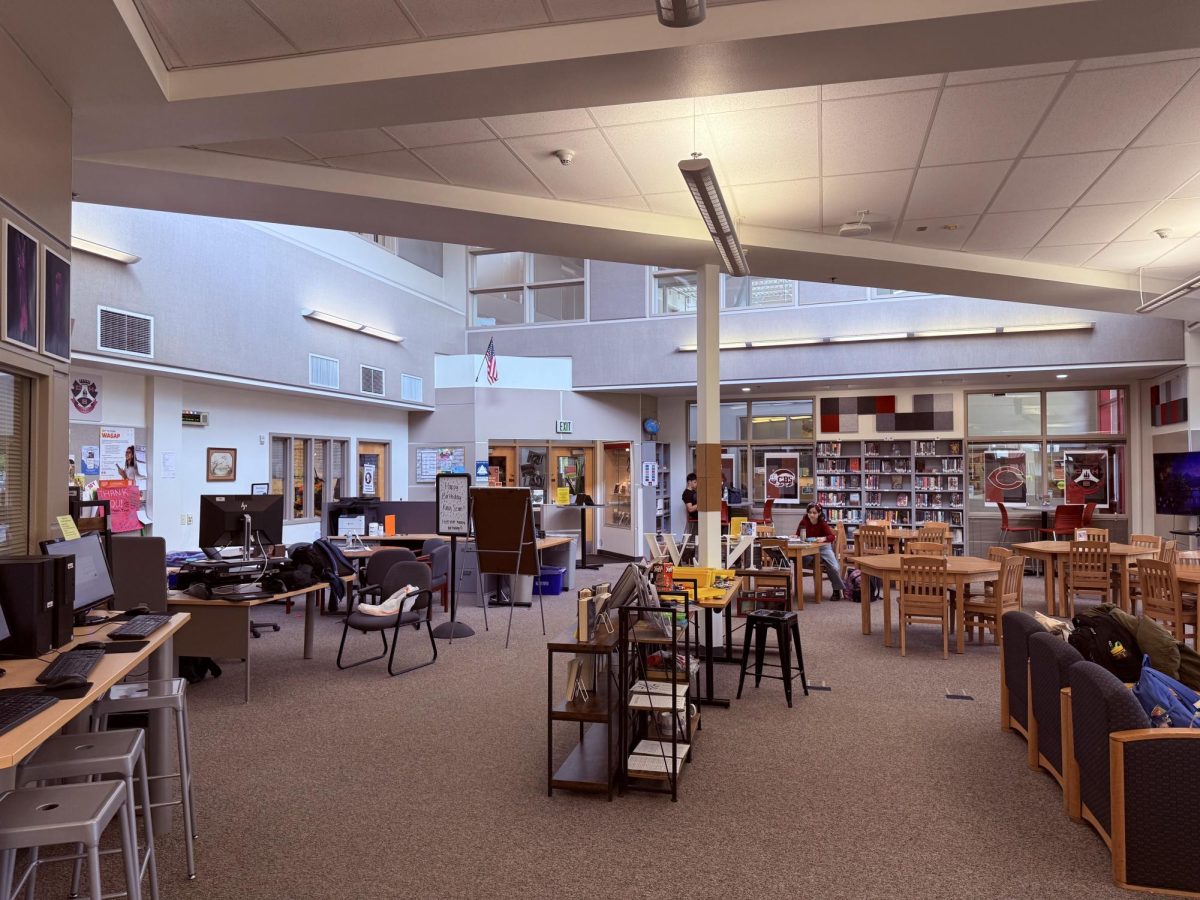Ten snow days — two full weeks of school — this is the number of days forfeited to the weather in the 2016-2017 school year in the Camas School District. What students may not know is that the cause of this abnormal amount of snowfall is directly correlated to the El Niño-Southern Oscillation (ENSO) events, often referred to as simply El Niño, that occurred in the southeastern Pacific Ocean. While last year’s La Niña caused long-standing school closures, meteorologists are calling for yet another La Niña event in the coming winter. So, what does this mean for the weather and how will this affect school this year?

In short, El Niño brings a warmer, drier winter in the northern United States while the opposite is true for La Niña.
An El Niño event is where warm water shifts to the central and eastern Pacific Ocean. This shift in ocean temperatures pulls the jet stream that runs laterally from west to east over the northern United States south. During this kind of event, flooding is much more likely in the south while the Pacific Northwest experiences drier, warmer conditions. Usually, having an El Niño year means little snow for most of the northern part of the country. But with last year’s rather harsh winter and a La Niña on the horizon, many are questionable of the weather that has yet to come.
A La Niña event is the opposite of an El Niño event: the warm water in the southern Pacific shifts to the west. This causes upwelling of cold water from extreme depths which pushes the jet stream north. With this comes cooler temperatures and heavy rains to the Pacific Northwest along with drier, warmer temperatures in the south. While no single weather event can predict the amount of snow a region is expected to see, La Niña years tend to bring more snowfall to the northern United States.
Last month, Seattle experienced one of the earliest snowfalls ever. So should locals be worried about the upcoming winter? In an article written in late October of this year, the National Oceanic and Atmospheric Administration (NOAA) posted two graphics showing the precipitation and temperature predictions for the next few months. In those graphics, the local area is predicted to have a colder, wetter winter than normal with a 33 percent chance to be wetter and a greater than 50 percent chance to be colder.
This year, multiple projections favor toward a La Niña event. So, prepare for another nasty winter by breaking out thick winter clothing, and be sure to read about how to drive in the snow. More information on this year’s La Niña event may be found at the National Oceanic and Atmospheric Administration’s website.



































